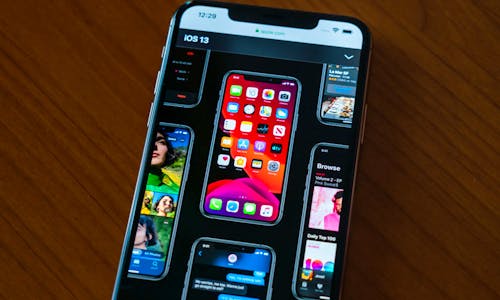The government’s BDUK (Broadband Delivery for the UK) project aims to roll out superfast fibre-based connections to over 95 per cent of the country by 2017. But what about those 5 per cent of homes, properties and businesses who won’t benefit?
Under the terms of the BDUK plan, those not included, those in the last 10 per cent will be connected to a basic service delivering at least 2Mbps at all times.
The ‘5 per cent’ actually varies from region to region. In some cases, as in Wales, the target it to provide superfast connections to 96 per cent. In Herefordshire and Gloucestershire, it’s 88 per cent.
What the 5 per cent has in common across all regions is the fact that they’re typically rural, low density areas that are hard to reach with fixed line connections for economic and technical reasons.

Read Recombu Digital’s guide to Satellite BroadbandFTTC (Fibre to the Cabinet) technology is the main type of connection being rolled out across the UK by BT under it’s own commercial network upgrade and in BDUK projects.
While this provides speeds of up to 80Mbps, the limitations of the technology mean that its better off serving densely populated urban areas. Speeds on FTTC degrade over distance, to the point where any property located over a mile away from a cabinet is probably not worth connecting.
As homes and businesses become more spread out the further away you get from cities, the less viable FTTC becomes. There’s a number of other options available to rural folk which are more suited to cope with population dispersal.
Solutions like wireless and 4G broadband and FTTP (Fibre to the Premises)-based altnets like B4RN, Gigaclear and Fibre GarDen are helping to plug the gaps. All these technologies rely on the availability of backhaul to connect to backbone lines situated across the country.
Satellite broadband by contrast doesn’t, which is why for those areas too far away from backhaul to benefit, it’s probably the best option for the rural 5 per cent.

Mark Wynn, managing director of satellite broadband ISP Avonline says that despite ambitious projects such as Digital Scotland, which plans to install over 800 kilometers of BT backbone, many rural locations that will not benefit from a fast fixed connection.
Wynn told Recombu Digital: “Four per cent of locations won’t be catered for in the next five years. These places will not see a demonstrable improvement in broadband availability. In context that’s around one million locations.
“Then there’s other places that aren’t going to be upgraded for three to four years. That’s a long time to wait when you could get 20Mbps broadband with satellite.”
Mike Locke, managing director of Satellite Internet for BeyonDSL adds: “When you look at the physical cost of connecting remote areas and putting that infrastructure in, if you’ve got one customer at the end of a 10 kilometer line the business model for terrestrial connections breaks down.
“When the cost per site gets above £300, that’s when you should be talking about satellite.”
Locke added that satellite broadband could connect the last 5 per cent for £230 million,
the same amount of money raised from the TV licence fee to fund the first round of BDUK.
The main advantage satellite broadband has over other types of broadband is availability. You can pick it up virtually everywhere in the UK. Some parts of Scotland aren’t yet able to receive signals from the SES Broadband footprint, which BeyonDSL uses, but we understand that coverage will be extended in 2014.
Top download speeds available on satellite connections are 20Mbps and average speeds rarely dip below double figures.

Disadvantages include latency, which is higher than on superfast fixed line connections and the cost to the consumer.
Latency, the time it takes for data to travel to a server and back is an indicator of how well services like Skype and multiplayer gaming will work on an internet connection, the lower the better. Typical latency on most satellite connection is 600 milliseconds. According to Ofcom’s most recent survey, latency on most ADSL2+ connections is roughly around 20-40 milliseconds. For gaming this is a problem but VoIP and video calls will be possible, just slow.
Then there’s the costs of setting up satellite broadband and installing a dish, if you’ve not got one already. Costs can be as much as £300 and this cost is often spread over the lifetime of a 12 or 24 month contract. As such, the monthly rates are more expensive than cheap ADSL bundles, but there’s the added bonus of not having to pay line rental.
Mark Wynn concedes that satellite is expensive but says that you get what you pay for. “Right now, there’s no dispute that satellite is last resort tech. But a home with fast broadband is a good home.”
To put it another way, it’s better than what isn’t available now and in some cases might not be available for years, if at all.
So, are BDUK projects making use of satellite? Areas in the Superfast Cornwall programme will benefit from satellite broadband, where it’s not possible to connect people to FTTP, FTTC or bonded DSL lines. The iNorthumberland project will end up using satellite to connect places which can’t be easily reached.
Each BDUK project is different and how each local authority reaches the remote parts will depend on the approach taken.
Images: SES – www.ses.com

Leave a Reply